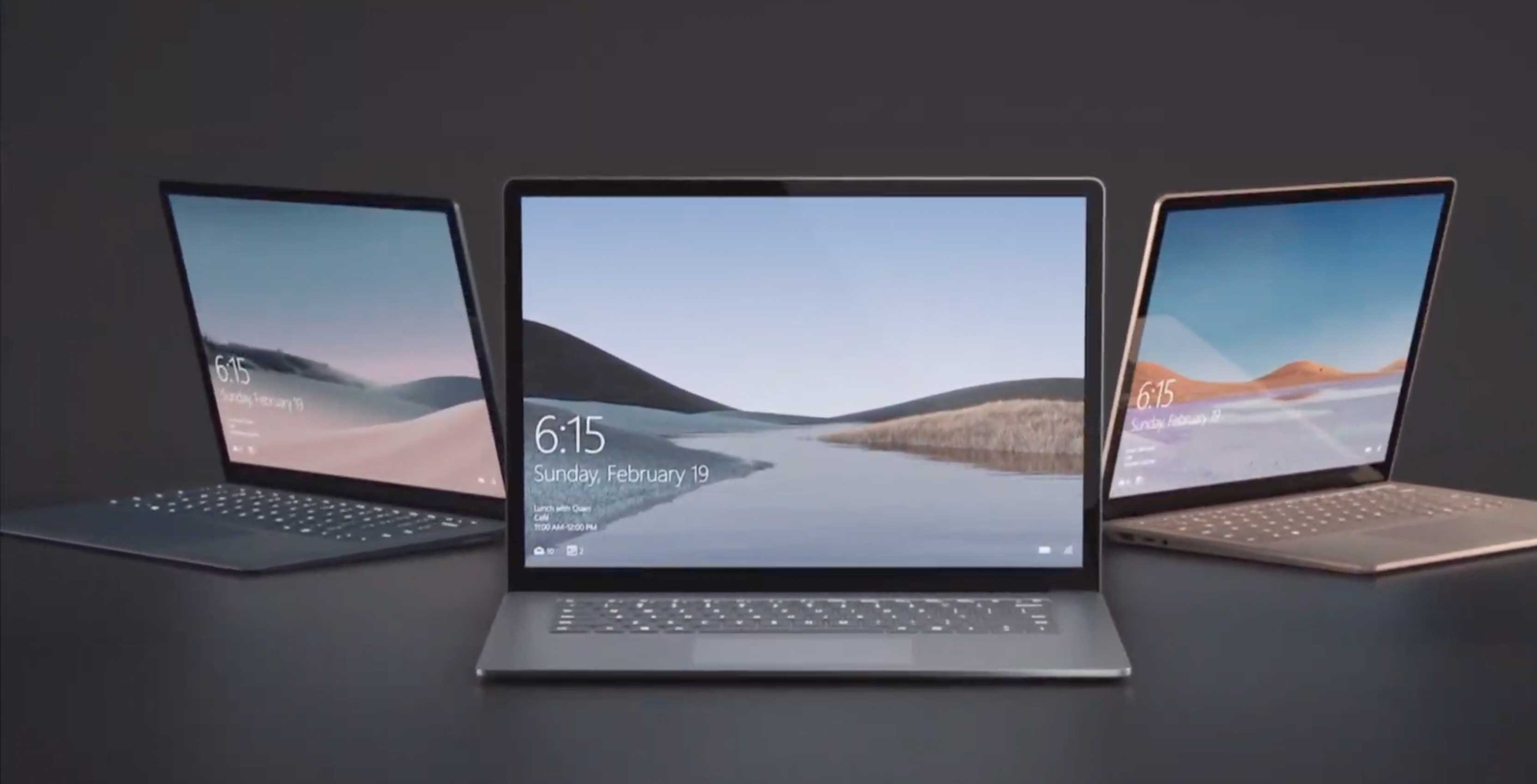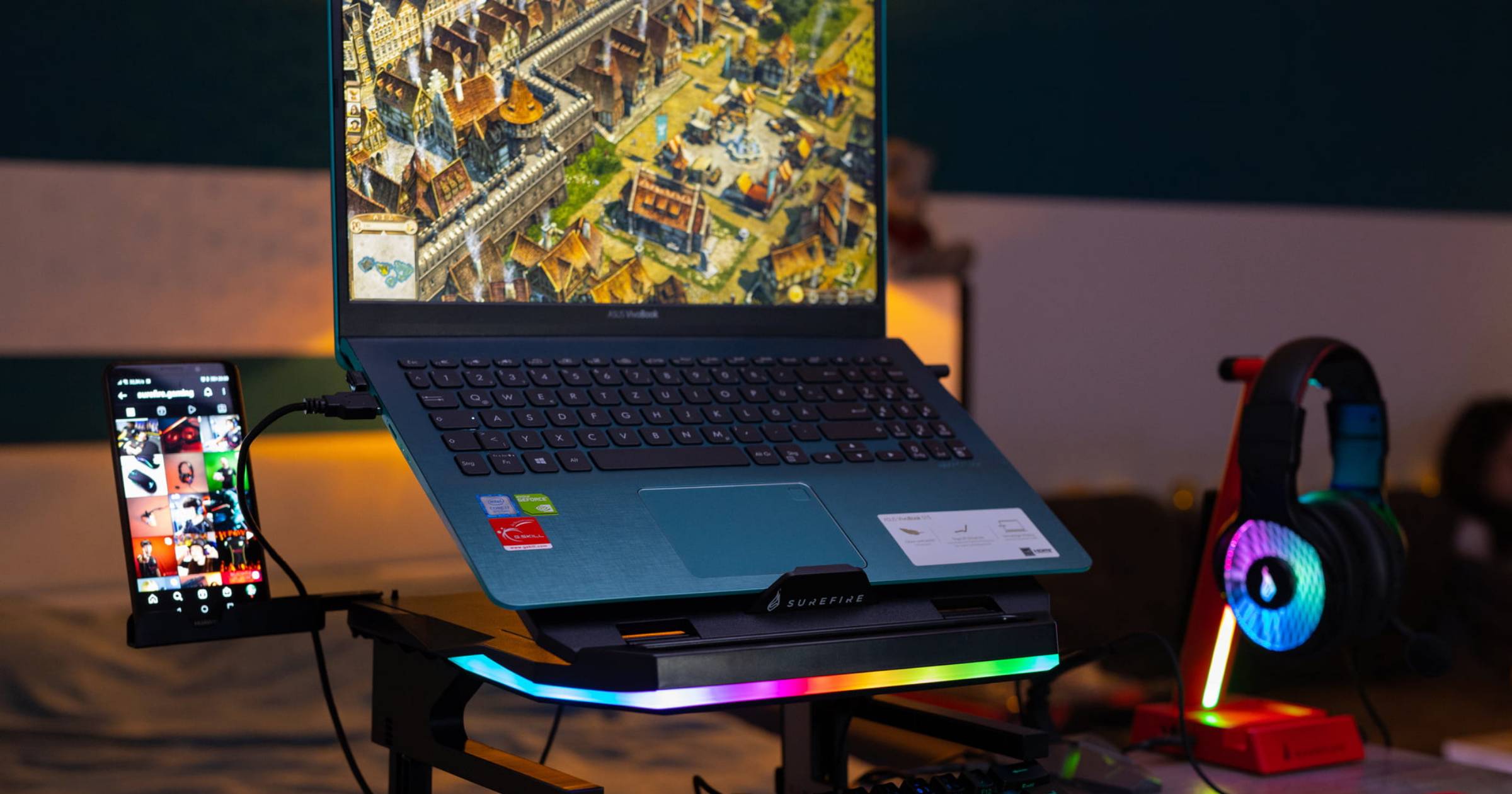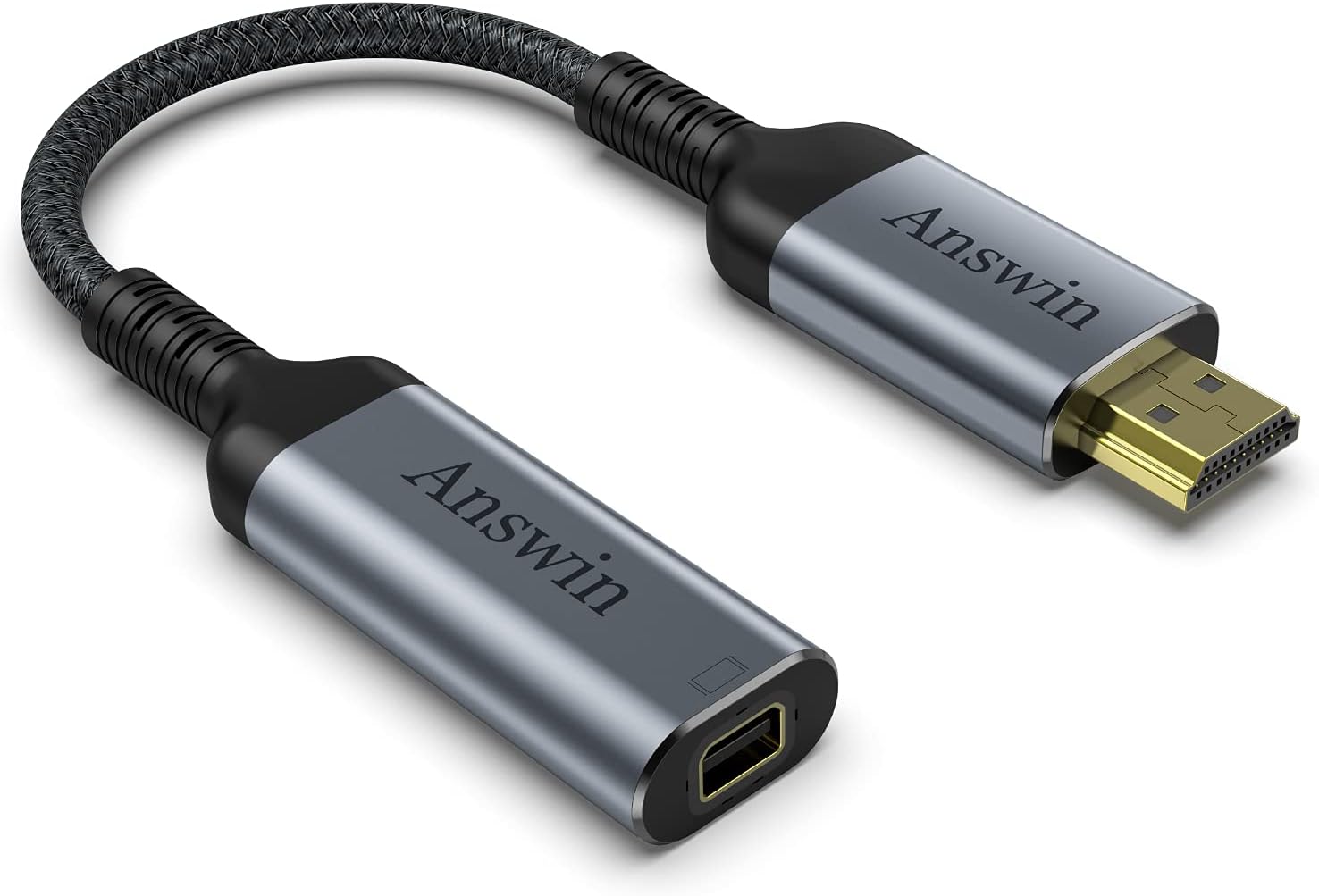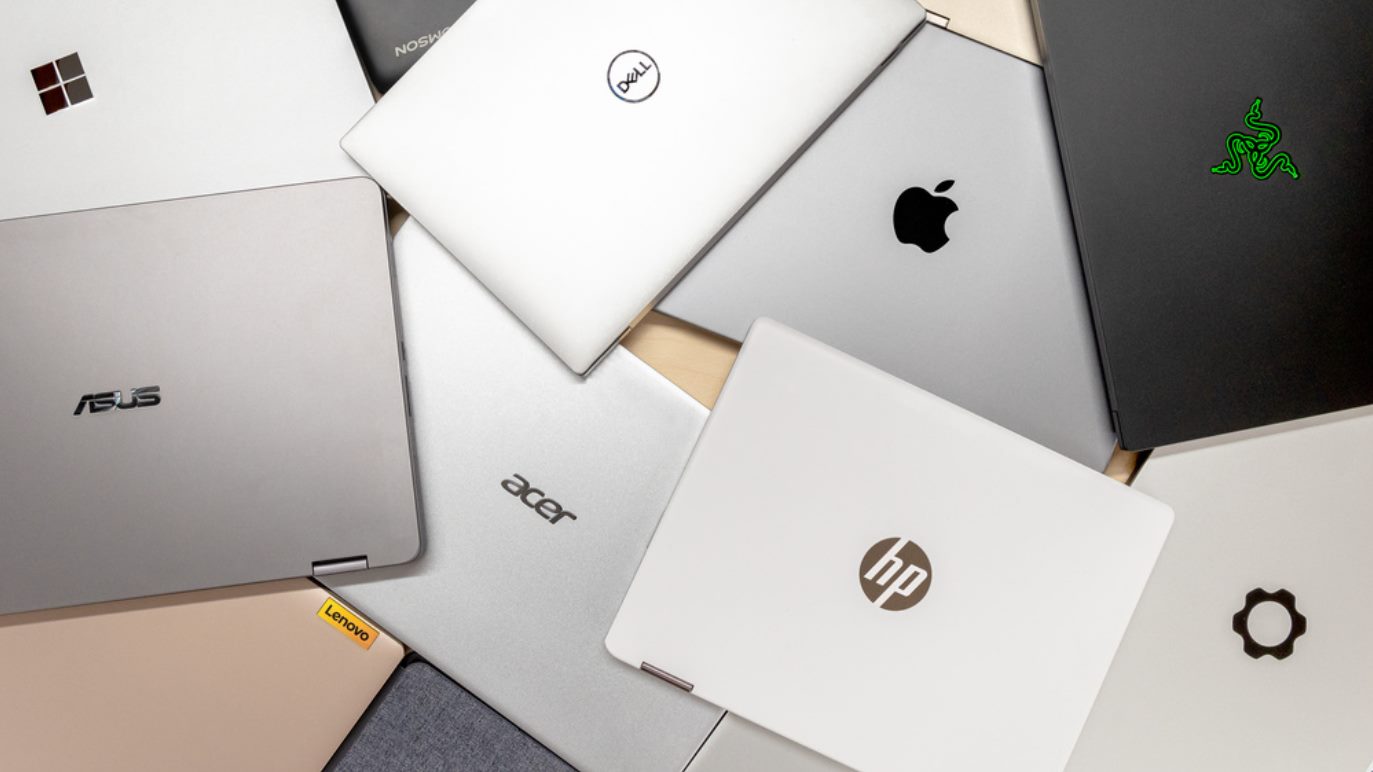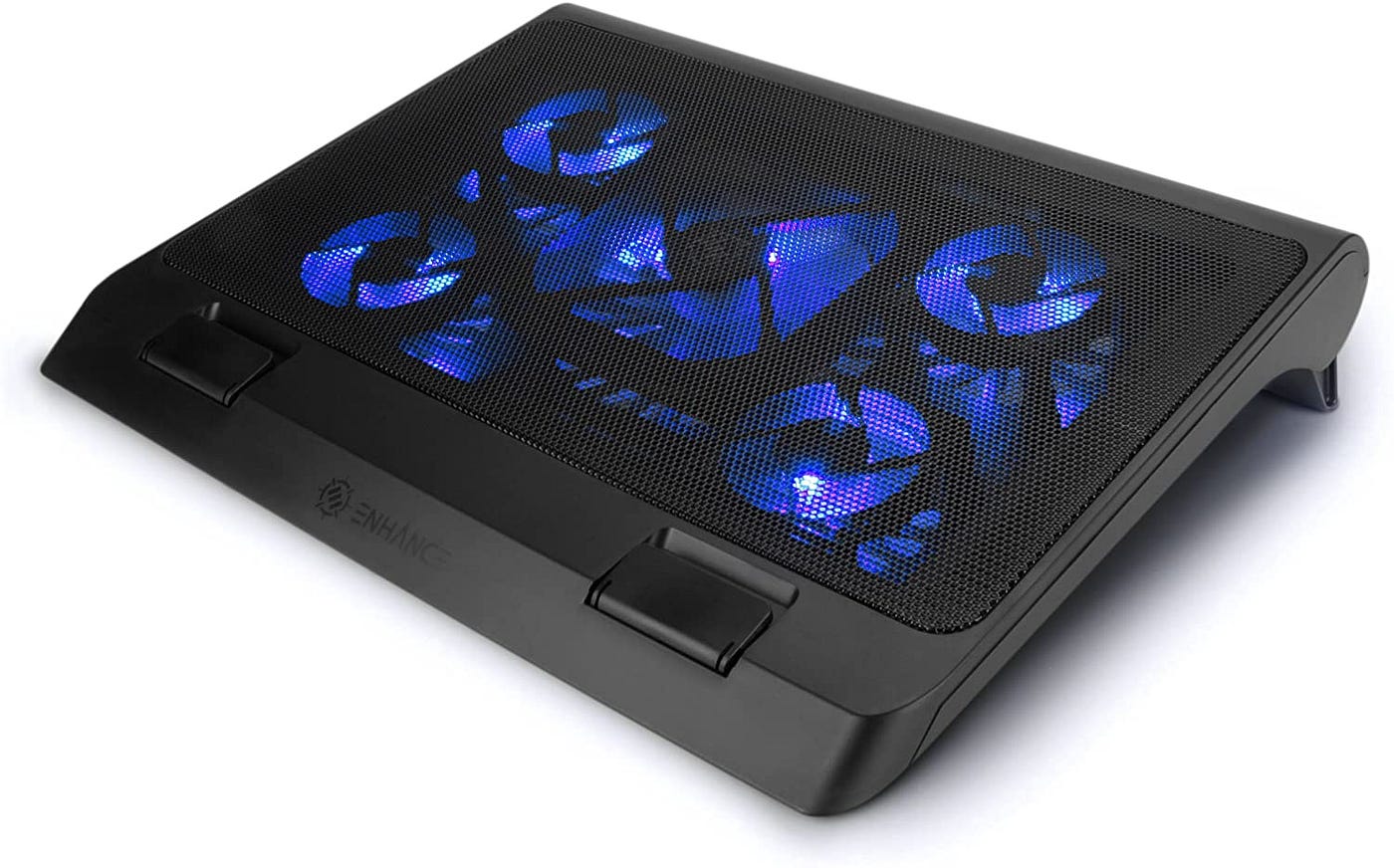Introduction
The Microsoft Surface Book is a highly versatile 2-in-1 device that offers powerful performance for a wide range of tasks. One of the key factors contributing to its impressive capabilities is the Graphics Processing Unit or GPU. The GPU is responsible for rendering graphics and images, ensuring smooth and fluid visuals on the Surface Book’s display.
Understanding the GPU in the Surface Book is essential for users who want to maximize their device’s performance. There are two types of GPUs available in the Surface Book: integrated and discrete. Each type serves a specific purpose and delivers different levels of performance.
In this article, we will explore the integrated and discrete GPUs in the Surface Book, discuss their performance capabilities, and highlight the differences between the two. Whether you’re a casual user or a professional in need of graphic-intensive applications, understanding the GPU options in the Surface Book can help you make an informed decision about which model best suits your needs.
Before diving into the details, it’s worth noting that the GPU in the Surface Book is integrated into the device’s motherboard. This means that it shares system resources, such as memory, with other components like the CPU. On the other hand, a discrete GPU is a separate component with its own dedicated memory, providing more power and better performance for demanding tasks.
The GPU plays a crucial role in various tasks, such as gaming, video editing, graphic design, and 3D modeling. Whether you’re a creative professional or a casual gamer, having a powerful GPU can significantly enhance your overall experience on the Surface Book.
In the next sections, we will delve deeper into the integrated and discrete GPUs in the Surface Book, exploring their performance capabilities and shedding light on the differences between them. So, let’s embark on this journey to uncover the GPU that powers the Surface Book and discover the world of visual excellence it offers.
Integrated GPUs in Surface Book
The integrated GPU in the Surface Book is an essential component that enables the device to handle everyday computing tasks with ease. Microsoft has equipped the Surface Book with a powerful integrated graphics solution that delivers satisfactory performance for most users.
The specific integrated GPU included in the Surface Book varies depending on the model and configuration. The earlier models of the Surface Book feature Intel HD Graphics 520, while the newer ones come with Intel HD Graphics 620. Although the integrated GPUs are not designed for high-end gaming or professional graphic-intensive tasks, they are more than capable of handling multimedia playback, web browsing, document editing, and casual gaming.
The integrated GPUs in the Surface Book utilize shared system memory, which means they don’t have dedicated video memory. Instead, they rely on the RAM installed in the device. This can have an impact on performance when running graphics-intensive applications or playing demanding games. However, for everyday tasks and light gaming, the integrated GPU provides satisfactory performance.
Another advantage of integrated GPUs is their power efficiency. Since they are integrated into the motherboard, they consume less power compared to discrete GPUs. This translates to longer battery life for the Surface Book, allowing users to work or play for extended periods without worrying about running out of power.
However, it’s important to note that integrated GPUs do have their limitations. They may struggle to handle certain demanding applications or high-resolution graphics. If you’re a professional graphic designer, video editor, or avid gamer, you may find that the integrated GPU falls short in delivering the level of performance you require. In such cases, opting for a Surface Book with a discrete GPU would be a better choice.
Overall, the integrated GPU in the Surface Book is suited for everyday tasks and light gaming. It offers power efficiency, decent performance, and contributes to the device’s sleek and slim form factor. While not ideal for professionals or hardcore gamers, the integrated GPU ensures a smooth and enjoyable computing experience for most users.
Discrete GPUs in Surface Book
For users seeking more power and performance, Microsoft offers certain models of the Surface Book that are equipped with discrete GPUs. These dedicated graphics cards provide a significant boost in graphical processing capabilities, making them ideal for tasks that require heavy rendering, gaming, and professional-grade applications.
The discrete GPU options available in the Surface Book include the NVIDIA GeForce GTX 1650 and the NVIDIA GeForce GTX 1660 Ti. These GPUs come with their own dedicated video memory, allowing for faster and more efficient rendering of graphics and images. With dedicated video memory, the discrete GPUs can handle demanding tasks without burdening the system’s RAM, resulting in improved overall performance.
The NVIDIA GeForce GTX 1650 and GTX 1660 Ti are powerful graphics cards that enable a superior gaming experience on the Surface Book. They support high-resolution gaming, smooth frame rates, and realistic visuals. These GPUs also excel in graphic-intensive applications such as video editing, 3D modeling, and CAD software, delivering fast and efficient rendering capabilities.
In addition to their performance benefits, discrete GPUs in the Surface Book allow for more flexibility and customization. They come with their own set of drivers and settings, giving users the ability to fine-tune their graphical performance based on their specific needs and preferences. This level of control is particularly valuable for professional users who require precise control over their graphics processing for their work.
It’s worth noting that devices equipped with discrete GPUs typically consume more power and generate more heat compared to those with integrated graphics. Despite this, Microsoft has implemented robust cooling systems and power management features in the Surface Book to ensure optimal performance and prevent overheating during intense usage.
While the inclusion of discrete GPUs significantly enhances the graphics capabilities of the Surface Book, it does come at a higher price point. Models with discrete GPUs are generally more expensive compared to those with integrated GPUs. However, for users who require advanced graphics processing for gaming, content creation, or professional applications, the investment is well worth it.
In summary, the addition of discrete GPUs to certain models of the Surface Book elevates its performance to a whole new level. These powerful graphics cards provide the horsepower needed for heavy gaming, graphic-intensive tasks, and professional-grade applications. If you are a demanding user or a professional in need of top-notch graphics capabilities, opting for a Surface Book with a discrete GPU is the way to go.
Performance of the GPUs in Surface Book
The performance of the GPUs in the Surface Book varies depending on whether you have the integrated or discrete GPU option. While the integrated GPU delivers satisfactory performance for everyday computing tasks, the discrete GPU takes graphical processing to a whole new level for demanding applications and gaming.
The integrated GPUs in the Surface Book, such as the Intel HD Graphics 520 and 620, are designed to handle basic tasks like web browsing, streaming multimedia content, and light gaming. They deliver smooth visuals and decent performance for casual use. However, when it comes to more demanding tasks like video editing, 3D rendering, or playing high-resolution games, the integrated GPU may struggle to deliver optimal performance.
On the other hand, the discrete GPUs available in certain Surface Book models, such as the NVIDIA GeForce GTX 1650 and GTX 1660 Ti, offer a significant performance boost for graphic-intensive tasks. These powerful graphics cards provide faster rendering speeds, higher frame rates, and support for high-resolution gaming. Professionals in fields like graphic design, video editing, and 3D modeling will benefit greatly from the enhanced performance of the discrete GPU in the Surface Book.
It’s important to note that while the discrete GPUs offer superior performance, they also consume more power and generate more heat compared to integrated GPUs. This can lead to reduced battery life and increased fan noise during intense usage. However, Microsoft has implemented effective cooling systems and power management features to ensure optimal performance and address any potential heating issues.
The performance of the GPUs in the Surface Book is further enhanced by the collaboration between the GPU and other components, such as the CPU and RAM. The integration of these components ensures smooth handling of graphics-intensive tasks, minimizing lag and maximizing performance. This synergy between the GPU and other hardware components contributes to an overall impressive computing experience on the Surface Book.
In summary, the performance of the GPUs in the Surface Book is highly dependent on the specific model and configuration. The integrated GPUs deliver satisfactory performance for everyday tasks and light gaming, while the discrete GPUs offer a significant boost in graphical processing capabilities for demanding applications and high-resolution gaming. Whether you’re a casual user or a professional in need of top-notch graphics performance, the Surface Book has options to meet your specific requirements.
Difference between Integrated and Discrete GPUs
The difference between integrated and discrete GPUs in the Surface Book lies in their design, performance capabilities, and flexibility. These differences play a crucial role in determining which GPU option is best suited for your specific needs and requirements.
Integrated GPUs are integrated into the motherboard of the Surface Book and share system resources, such as memory, with other components like the CPU. They are typically smaller in size and consume less power compared to discrete GPUs. Integrated GPUs are designed to handle basic graphical tasks and provide satisfactory performance for everyday computing needs, such as web browsing, multimedia playback, and casual gaming.
On the other hand, discrete GPUs are separate components with their own dedicated video memory. They are larger in size and consume more power compared to integrated GPUs. Discrete GPUs are specifically designed for heavy graphical processing, enabling superior performance for demanding tasks such as gaming, video editing, and professional-grade applications. They provide faster rendering speeds, higher frame rates, and support for high-resolution graphics.
In terms of performance, discrete GPUs significantly outperform integrated GPUs. They are better equipped to handle graphic-intensive tasks and deliver a more immersive gaming experience. The dedicated video memory of discrete GPUs allows for faster access to graphics data, reducing lag and improving overall performance.
Additionally, discrete GPUs offer more flexibility and customization options compared to integrated GPUs. They come with their own set of drivers and control panels, allowing users to fine-tune their graphics settings and optimize performance based on their specific needs. This level of control is particularly beneficial for professionals who require precise control over their graphics processing for tasks like video editing or 3D modeling.
However, it’s important to consider that the inclusion of a discrete GPU comes at a higher cost compared to integrated GPUs. Models with discrete GPUs are generally more expensive due to the additional hardware and advanced performance capabilities.
In summary, the difference between integrated and discrete GPUs in the Surface Book lies in their design, performance capabilities, and flexibility. While integrated GPUs offer satisfactory performance for everyday tasks, discrete GPUs provide superior performance for demanding tasks and gaming. The choice between the two depends on your specific requirements, with integrated GPUs being more suitable for casual use and light gaming, and discrete GPUs being ideal for professionals and avid gamers who demand top-notch graphics performance.
Conclusion
Choosing the right GPU for your Microsoft Surface Book is crucial to ensure optimal performance and a seamless computing experience. Understanding the differences between integrated and discrete GPUs is key in making an informed decision based on your specific needs and requirements.
The integrated GPU, found in every Surface Book, provides satisfactory performance for everyday computing tasks, light gaming, and multimedia playback. It offers power efficiency and contributes to the slim and lightweight design of the device. However, for users who require more power and performance, particularly in graphic-intensive applications and high-resolution gaming, the discrete GPU is the better option.
The discrete GPU, available in select Surface Book models, provides a significant boost in graphical processing capabilities. With dedicated video memory and higher performance levels, it enables smooth rendering, faster frame rates, and support for demanding tasks like video editing, 3D modeling, and professional-grade applications. It offers more flexibility and customization options, allowing users to fine-tune their graphics settings for optimal performance.
Ultimately, the choice between integrated and discrete GPUs depends on your specific needs and budget. If you’re a casual user who primarily uses the Surface Book for everyday tasks, web browsing, and occasional gaming, the integrated GPU will suffice. However, professionals, content creators, and avid gamers may benefit greatly from the enhanced performance and capabilities of a discrete GPU.
Whichever GPU option you choose, the Microsoft Surface Book is a versatile and powerful 2-in-1 device that provides an exceptional computing experience. It combines sleek design, impressive performance, and a range of features to meet the diverse needs of users.
In conclusion, the GPU plays a vital role in the performance and graphics capabilities of the Microsoft Surface Book. Whether you opt for the integrated GPU for everyday computing or the discrete GPU for more demanding tasks, the Surface Book will provide a visually stunning experience and meet your computing needs with ease.







